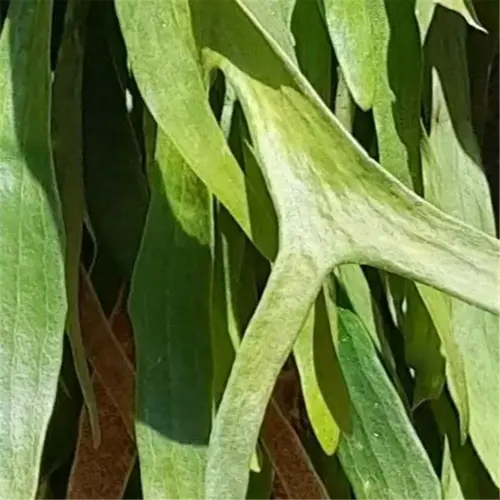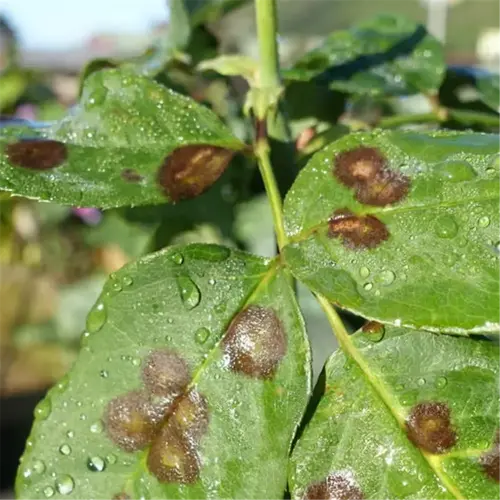How can I improve sandy soil for roses?

Written by
Liu Xiaohui
Reviewed by
Prof. Charles Hartman, Ph.D.Rose growers have a difficult time with *sandy soil*, due to quick drainage and the loss of nutrients. The solution?? * Coconut coir* can hold up to 8 times its weight in water, acting like a sponge. I recently revived an old garden in Florida by mixing *20% coconut coir* into my sandy beds, which produced blooms that lasted weeks longer in the heat!
Moisture Retention
- Coconut coir: Prehydrate for 24 hours before mixing
- Composted bark: Breaks down slowly, adds organic matter
- Leaf mold: Holds nutrients near roots
Nutrient Stability
- Worm castings: Boost microbial activity
- Biochar: Locks minerals in soil for 3+ years
- Fish meal: Slow-release nitrogen source
It is best to avoid tilling sandy soil too much, as it breaks down its fragile structure. A Texas gardener learned this the hard way, as her roses wilted every day in the heat of summer. We replaced rototilling with broad fork aeration, which preserves the moisture pockets in sandy soil. With this method, her plants survived every day at 38C (100F) temperature with no extra watering.
Spring Preparation
- Test soil pH, adjust with lime if below 6.0
- Work in composted manure 4 weeks before planting
- Install drip irrigation to target roots
Fall Maintenance
- Top-dress with worm castings
- Apply 7cm shredded leaf mulch before frost
- Retest drainage with a percolation test
Biochar transformed the rose garden of a client in New Mexico! She mixed 10% biochar into her soil and her fertilizer requirements were cut in half! The porous carbon structure captures nutrients and water and is particularly useful in sandy soils. For maximum benefits from compost, don't delay in combining them as this activates the benefits of both materials faster.
Read the full article: Best Soil for Roses: Expert Tips for Lush Blooms

